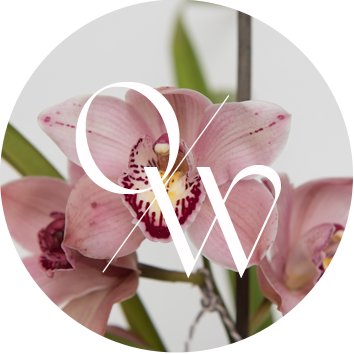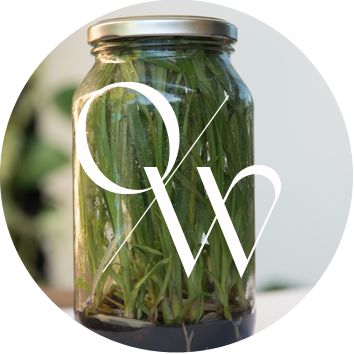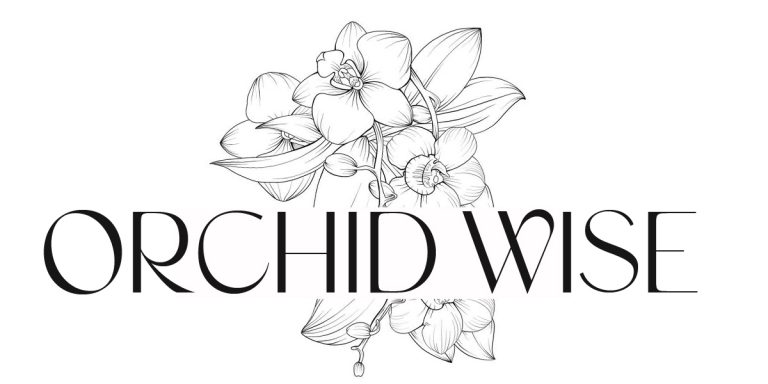Growing and improving your collection requires a little planning…..
Plants which are better than plants currently being grown are continually being developed and released. If one wishes to grow the best available, constant culling of lesser performers and procurement of new varieties is necessary. Where to purchase new healthy, disease free varieties can be a problem for all. The following sources are a common way to find those new plants:
- Inheriting or being given plants from a relative or friend.
- Purchasing a plant from a general nursery, or garden centre.
- Purchasing from an Orchid Club trading table.
- Purchasing from a member of an Orchid Club.
- The internet.
- Ordering from a specialty Orchid Nursery.
- Your own breeding program.
I will comment on the merits or otherwise of plants from the above sources. Good and bad plants are available from everywhere, so be wary. Additionally, there are good and bad people at every level. Try to asses the knowledge and honesty of the person supplying the plant.
Inheriting or being given plants from a relative or friend
If this person is knowledgeable about orchids, it can be a good source. However, many plants are very old and tired. They may have been neglected at some time and most importantly, may have been grown under poor hygiene conditions. Plants with virus are abundant in old collections, or collections grown by people without the knowledge of virus prevention. There can be some gems in these collections, but be wary.
Purchasing a plant from a general nursery, or garden centre

Plants from this source are generally mass produced for the market, and often un-named. They can vary in quality greatly. It depends very much on where the nursery purchases their plants, how fresh they are, and the knowledge of the nursery attendant. Knowing what a healthy plant looks like, and the knowledge of plant names is a huge advantage. I have seen nurseries, where all the cymbidiums look terrible, even when newly delivered. They obviously come from a poor grower and are not worth buying. If they have been in the nursery for too long, they can deteriorate, and take a long time to recover. Plants from other nurseries, supplied by a specialist grower can be a good investment. If you are a showbench grower, select your varieties carefully. Some good pot plant varieties, while easy to grow and flower, will have difficulty impressing judges at a show. Some good showbench varieties make their way to general nurseries and should be considered. Some nursery assistants have absolutely no knowledge of cymbidium growing. If they are honest, that’s fine, but be careful of the used car salesman type. In summary, many general nursery cymbidiums are great, but be careful.
Purchasing from an Orchid Club trading table
Most plants from this area are good. Most clubs will remove inferior plants from their sales tables and members selling them are much more aware of disease and virus, and generally ensure they are not selling virused plants. Quality can still be variable, and the very best new varieties, rarely make it to a trading table. Some clubs sell recently divided plants, often bare rooted. They are often relatively cheap, but should only be purchased if one has the knowledge to pot the plant, and nurture it to flowering size. Many plants like this, sold to newcomers, perish. However, this is a great way to obtain decent quality, relatively new varieties.
Purchasing from a member of an Orchid Club
This is a good way to get good, relatively new, well tested varieties. If you see something which you like at a show, or meeting, ask the owner if they have a piece to spare, or where they purchased it. If unavailable, suggest that when it is divided, you would like to acquire a piece. Get them to put a label with the plant with your contact details to remind them. Sometimes, the club newsletter will have a wanted and for sale section. Use it to get new varieties.
The Internet
There are many small (often backyarders) nurseries, offering cymbidiums for sale. Facebook Marketplace is full of them these days. Most are either unaware of or won’t care about selling virused plants, so be very careful. There are also large, full time nurseries which have been established for a long time. Many have an internet web site, where they can make photos and information about their plants available. eBay is now a huge source of Cymbidiums of all sizes.
Be careful in dealing with general nurseries. Again, there are good ones, bad ones and very bad ones. Check them out before sending money to them, or giving credit card details.
A couple of other things to watch for:
A) Check the size of plants supplied. Many plants offered are much smaller than what they advertise. They are listed as near flowering size or flowering size and will often only have 3 small bulbs and are only a couple of years old. Often they take another 2 years to flower. eBay is good in that the buyer can report bad transactions, and sellers always want good feedback. A potential buyer can easily view the feedback.
B) Check where the nursery sourced the material to propagate the plants they are selling. A common practice is to sell plants derived from clones, not from the original mother plant. Plants grown from pirated tissue in the flask are much more likely to be poor quality (different), than those originating from the genuine mother plant (often called primary mericlones). Ask the seller if he used an original piece of the mother plant to produce his mericlones. Also ask other experienced growers, who has dealt with this seller, whether they practice pirating tissue practices. Consider not buying plants derived from pirating. It hurts the whole industry and restricts the availability of new and superior varieties.
Ordering from a specialty Orchid Nursery
Most nurseries which have operated for a long time, are very knowledgeable, and good to deal with. The fact that they are still operating, means that they must be doing things well. Knowledge and honesty is extremely important. Also important is the quality of the plant material in the nursery, often collected over a very long period. These nurseries are often very careful about virus also. Many of these nurseries have a good and comprehensive hybridising program, which is worth tapping into. Visit these nurseries regularly, and check the stock on hand. Many first flowering seedlings are made available, and are eagerly sought by knowledgeable hobbyists. It is common for a nursery to flower hundreds of a particular seedling, and keep only a handful of the best varieties. It can be difficult for the nursery operator, to choose the best varieties to retain. Many seedlings released might just flower better on subsequent flowerings, perhaps even better than those retained at the nursery. Regular visits to these nurseries can be rewarded with access to special offers and the release of new varieties. Many nurseries support Orchid Clubs and are regularly scrutinised by their members. Ask members of these clubs. They will tell you whether a nursery is worth visiting and purchasing plants from. They might also tell you which nurseries to avoid.
Your own breeding program

The chances of being more successful than the long term professionals in this field, can be sketchy. Many newcomers select second rate parent plants, and search for plants to mate them with from other club members. They seem to ignore the likelihood that the population of plants they create will be inferior to those they could have obtained from established breeders when they flower four or more years after doing the hybridising. Be very wary of relying on your own hybridising program to improve your collection. You will probably need to grow at least 50 of each mating to just have a laboratory sow the seed pod for you. Small numbers of plants produced by a laboratory are relatively expensive. You might just be able to purchase better bred seedlings, in flask, from a professional nursery, cheaper than the small production run costs you incur with your own breeding. If you wish to grow some plants from your own hybridising program be very selective and only use the very best parent plants available. Do lots of research. Consider not putting all your eggs in the same basket, and grow even more plants from a successful, professional, breeding program. Creating your own hybrids is fun, but the results can be a lottery.
Originally written and compiled by Graham Morris from the Cymbidium Orchid Club of South Australia.
Edited and updated for use on this site.
